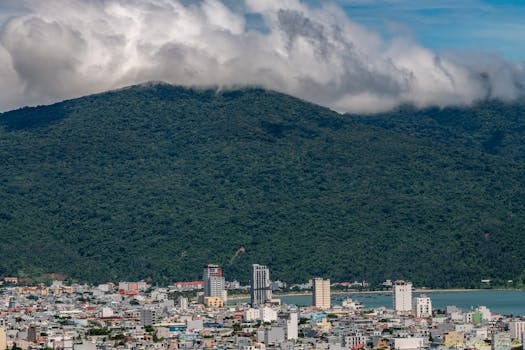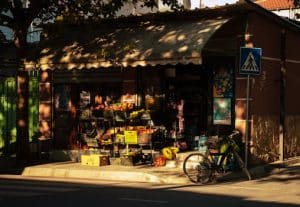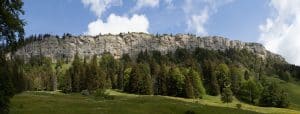Vertical Forests: When Architecture Meets Urban Ecology
As the world’s population continues to grow, urban areas are becoming increasingly crowded and polluted. This has led architects and designers to come up with innovative solutions to make cities greener and more sustainable. One such solution is the concept of vertical forests, which combines architecture and urban ecology to create self-sufficient, nature-filled buildings. In this article, we will explore the concept of vertical forests and how it is revolutionizing urban design and addressing environmental issues.
What are Vertical Forests?
Vertical forests, also known as green towers or vertical gardens, are high-rise buildings that are covered in lush greenery. These buildings feature multiple floors that are specifically designed to accommodate a variety of plants, trees, and shrubs. The concept was first introduced by Italian architect Stefano Boeri in 2014 when he designed the iconic Bosco Verticale (Vertical Forest) in Milan, Italy.
The Design and Benefits of Vertical Forests
The design of vertical forests incorporates balconies and terraces on every floor that are filled with a diverse mix of plant species. These plants act as a natural air filter, absorbing harmful pollutants and carbon dioxide while releasing oxygen into the air. This not only improves the air quality but also helps to regulate the temperature inside the building, reducing the need for artificial heating and cooling. Moreover, vertical forests provide a habitat for numerous species of birds and insects, creating a mini-ecosystem within the city.
Apart from the environmental benefits, vertical forests also offer a range of other advantages. The vegetation on the buildings acts as a noise buffer, reducing the noise pollution from the busy streets below. The greenery also helps to reduce the heat island effect in cities, where buildings and roads absorb and retain heat, making the environment hotter. By cooling the surrounding air, vertical forests help to counteract this effect and create a more comfortable living space.
The Impact of Vertical Forests on Urban Ecology
The growing popularity of vertical forests is not only changing the landscape of urban areas but also influencing the way we think about urban ecology. Vertical forests are a prime example of how we can incorporate nature into our man-made structures and create a harmonious environment that benefits both humans and the planet.
One of the key features of vertical forests is their self-sufficient nature. The plants and trees on the buildings require minimal maintenance and can survive on rainwater and greywater recycling systems. This reduces the building’s dependence on city resources, making it more sustainable. In addition, vertical forests can also help to mitigate the effects of climate change by absorbing carbon emissions and providing a natural cooling system.
The Future of Vertical Forests
The success of the Bosco Verticale in Milan has inspired architects and city planners around the world to incorporate vertical forests into their designs. Today, there are numerous vertical forest projects in the works, including the Trudo Vertical Forest in Eindhoven, Netherlands, and the Nanjing Green Towers in China.
As the concept gains more traction, we can expect to see more cities embracing this green architecture. With the rise of sustainable practices and a growing awareness of the importance of preserving the environment, vertical forests are set to become a common feature in urban areas. They offer a practical and visually appealing solution to some of the world’s most pressing environmental issues, making them an important step towards creating more livable and eco-friendly cities.
In Conclusion
Vertical forests are a prime example of how architecture can play a vital role in promoting environmental sustainability. By bringing together architecture and urban ecology, these buildings are transforming cities into greener, healthier, and more livable spaces. As we look towards the future, it’s clear that vertical forests will continue to be a crucial element in shaping our urban landscapes.










